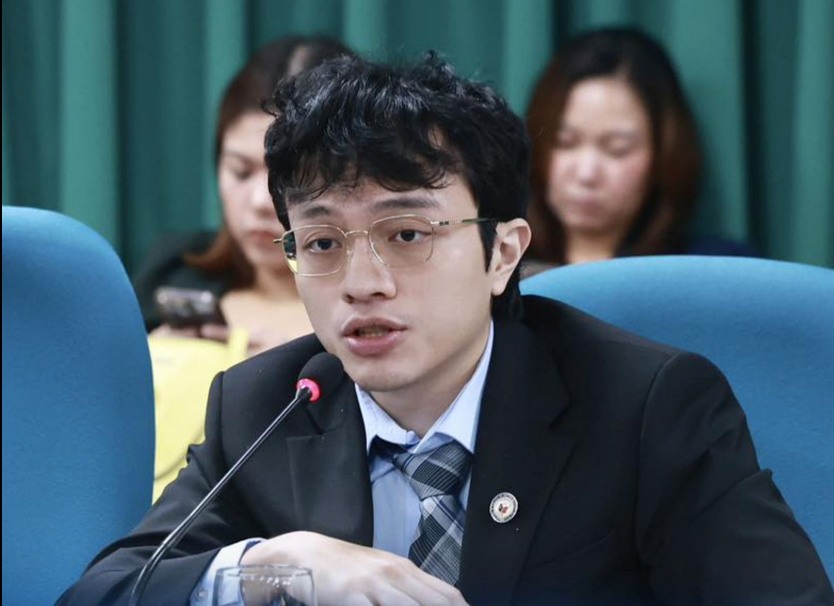The Filipino people have ineluctably lost their right to control the country’s precariously threatened water resources as both the National Irrigation Administration (NIA) and the Department of Environment and Natural Resources (DENR) agreed last year to redirect what they claimed to be “surplus irrigation water” for other uses.
A memorandum of agreement (MOA) signed by the two agencies bragged that “the uncompromised and unhampered provision of irrigation requirements to NIA’s existing agricultural lands and other irrigable areas programmed for development shall be secured.” It is illogical for the NIA to claim that it will abide by its mandate to irrigate 100% of country’s farms by yielding control of water for agricultural purposes and promising to use “excess irrigation water will now be used for power production, bulk water supply, aquaculture, recreation, and tourism, among others.”
The National Water Resources Board (NWRB), an attached agency of the DENR was organized in 1974 to ensure “the exploitation, utilization, development, conservation and protection of the country’s water resource, consistent with the principles of Integrated Water Resource Management.” It controls the allocation of water for the use of local governments, water districts and supervises the management of potable water nationwide.
NWRB is thus the central body for the control and assessment of water as a vital resource and crafts policies to management the extraction of both surface water and groundwater. In March 2019, NWRB executive director Dr. Sevillo D. David Jr. reported that irrigation is the principal user of water at 72.804%, followed by industries at 17.508%, municipal users at 7.797%, others at 0.762%, livestock at 0.021%, recreation at 0.29% and fisheries at 0.818%. The top non-consumptive users were power generation at 57.08%, irrigation at 31.25%, industries at 7.52%, municipalities at 3.35%, fisheries at 0.35%, others at 0.33%, recreation at 0.12% and livestock at 0.01%.
Far from having abundant water resources, the Philippines has been bugged by the lack of an accurate inventory of its water resources, NWRB admitted, and cited four problems that hobble the agency: Unabated extraction of groundwater due to rapid urbanization and industrialization; inadequate sewerage and sanitation facilities; water degradation; deteriorating health of river and coastal systems, and; indiscriminate land development.
DENR Undersecretary Carlos Primo David touted the MOA as it helps improve water security for all users. “(This) is a convergence between several government agencies with water-related functions … we are able to plan and coordinate our efforts together,” David said. The MoA complies with Executive Order No. 22 which created the Water Resources Management Office (WRMO). The WRMO is tasked with “the integration and harmonization of all government efforts and regulatory activity to ensure availability and sustainable management of water resources.”
The first tragic result of the NIA-DENR deal is the legitimation of the privatization of control of water resources, and the first example of it is the Cavite bulk water project that will unleash a bidding war in October 2024. The project will tap the rivers in Cavite that the DENR has opened to develop stable water supply for the province, which is technically no longer agricultural, an example of imbalanced land use development. The Cavite provincial government wants 18 water projects in the province to be consolidated. Years ago, Cavitenos opposed the exploitation of their rivers in a project proposed by the Lucio Tan Group.
Manny Villar’s PrimeWater Infrastructure Corp. seeks to win the bidding war against the Manny Pangilinan-led Metro Pacific Investments Corp., which operates Maynilad Water Services Inc., and had long wanted to build a bulk water project in Cavite to supply the western half of Metro Manila that is part of its water concession. In short, Pangilinan wants Cavite water to slake the thirst of the people of the southern section of the National Capital Region (NCR), an indication that he may have misgivings about the project to tap and purify the water of Laguna de Bay to provide water to his consumers. On the other hand, Villar has consolidated control of 67 water districts nationwide covering 1.7 million households.




